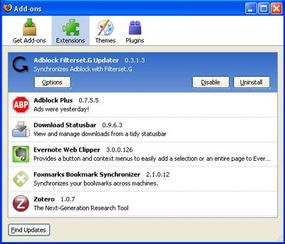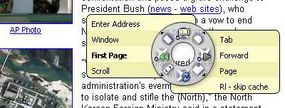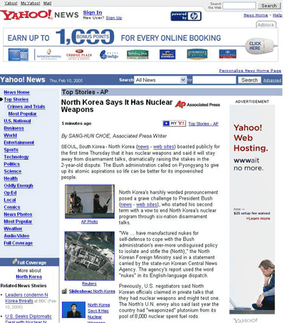
A Web browser is sort of like the tires on your car. You don't really give them much daily thought, but without them, you're not going anywhere. The second something goes wrong, you definitely notice.
Chances are, you're reading this article on a version of Microsoft's Internet Explorer. It's the browser that comes already installed on computers with Windows operating systems; most people use Windows, and many Windows users don't give a second thought to which browser they're using. In fact, some people aren't aware that they have an option at all.
Advertisement
Options are out there, however, and one of them has been steadily chipping away at Internet Explorer's dominance. It's called Firefox. From its origins as an offshoot of the once-popular Netscape browser, Firefox is building a growing legion of dedicated users who spread their enthusiasm by word of mouth (or blog).
For a while, it seemed like Microsoft's Internet Explorer was going to dominate the browser market indefinitely. Its competitors included Netscape Navigator and the AOL Browser -- and it soundly beat both of them. When Firefox debuted, it faced an uphill battle to claim space in the market. But Firefox's popularity has grown since its debut, particularly among Web administrators and developers.
The word is spreading quickly. On June 17, 2008, Firefox held an event called Download Day as it unveiled the final build of Firefox 3. The goal for the event was to encourage people to download the new browser and establish a record for the most downloads of a single application within a 24-hour period. The event was a success -- Firefox 3 is now in the Guinness Book of World Records for the application receiving the most downloads in a single day: 8,002,530 to be exact [source: Spread Firefox].
In this article, we'll find out what makes Firefox different, what it can do and what effect an open-source browser might have on the Internet landscape.
Advertisement








